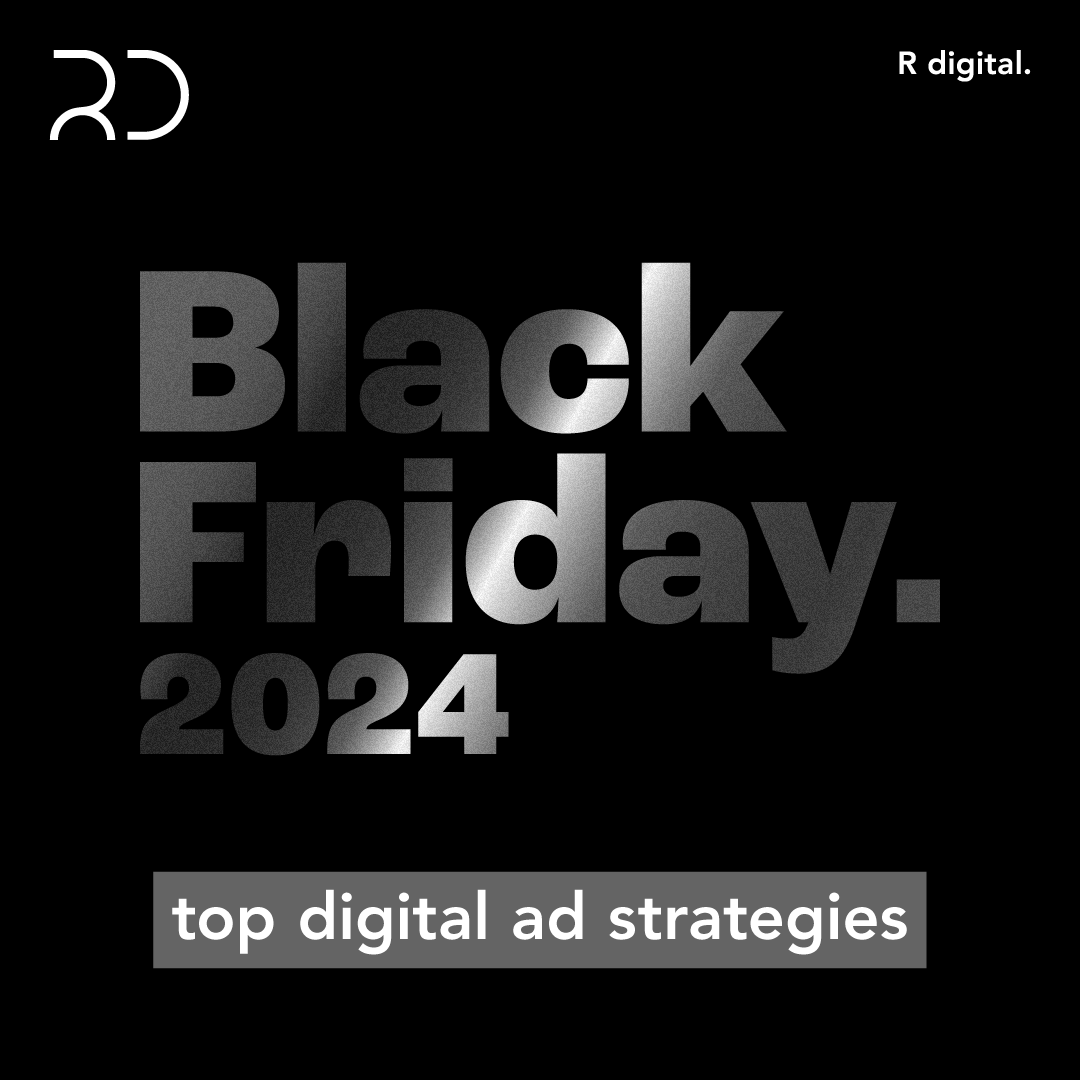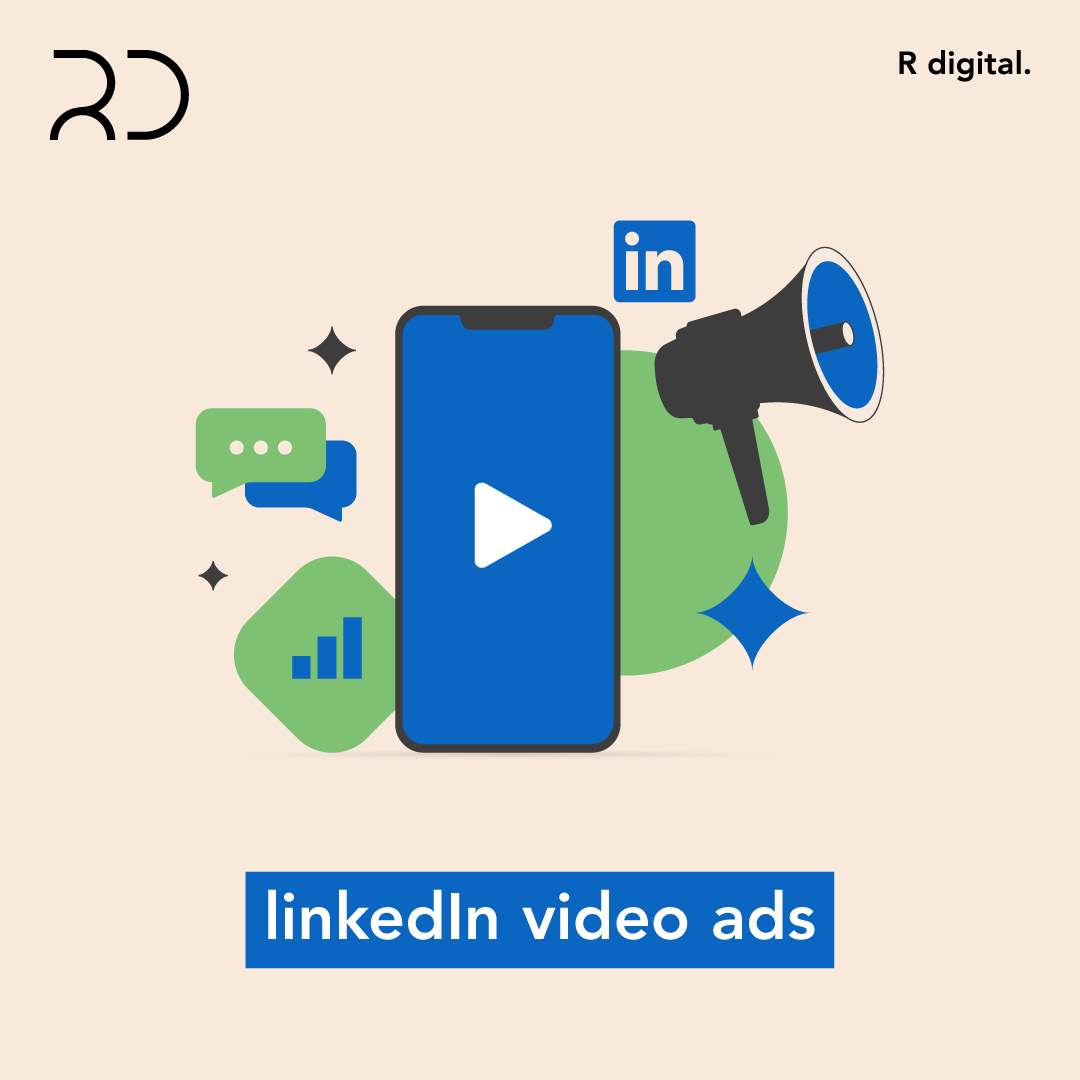For any business, an online advertising campaign is a real gamble, especially for smaller ones. The main goal here isn’t that your ads reach a large majority of people, but that they’re clicked and converted into a purchase by the ‘right people’ i.e. individuals from your target demographic. Luckily, Google AdWords has some Display network strategies that can help in increasing your return on investment by ensuring that most of your leads get converted.
The AdWords process makes it easy for the publisher to collect revenue without having to sift through piles of advertisements because of how Google screens through them. At the same time, small businesses are able to have their ads set up in just a couple of hours. But despite the swift process, businesses want to increase their return on investment, specifically by reducing their CPC (cost per click) costs.
Boosting your campaign through Google requires leveraging their AdWords techniques and strategies. In its simplest form, AdWords allows businesses, both big and small, to display their advertisements on publishers’ websites at a cost per click rate. Here are the specific targeting strategies that can help in increasing your return on investment.
Website Placement
This is AdWords’ basic option for businesses to target an audience through another business that’s much more popular but falls into a similar category. You start by identifying the brands that your business connects with, and entering them into the AdWords preference. It depends upon the availability of those specific websites and if Google finds space, it gives a preview of your ads on their page.
To make it more specific, you can enter a particular page of that website. This ensures that the right members of their audience are clicking on your ads. This greatly reduces your CPC costs, which is an advantage but you won’t be reaching a wider audience.
Topic Selections
For another specified approach to attracting customers and increasing your return on investment, AdWords provides you with the option to select topics, sub-topics, or even sub-sub-topics. The deeper and more in-depth you go, the more likely it is for your business to get real leads. The complete list of topics and their respective sub-topics comprises of well over 2,200 titles and the list grows every day as more genres and themes gain popularity.
These topics can be selected from your business’ AdWords profile, or you can even have a preview of them here. To choose a smaller range of audience, you’ll have to go past broad umbrella-term categories like ‘Arts and Entertainment’ and further down into a highly specific title like ‘Recording Labels’. Of course, you will be able to target better this way. However, Google will target highly precise pages. This can make it harder for your business to generate a larger following.
Keywords Strategy for Display
Leveraging topics to create a targeting strategy is feasible. However, there are other methods to sharpen your accuracy. One such method is to implement keywords, which are a part of every page that connects to the Google Display Network. By incorporating adequate keywords into your posts, you’re effectively proving to Google the kind of audience you want to attract. Each time a user makes a search query, Google connects it to various search results that contain the crucial keyword. The kind of keywords you can classify your ads according to are:
Branded Themes
By choosing to invest in the power of your brand, businesses take a huge risk before they can achieve desired results. This does, however, impact brand awareness greatly. Over time, your involvement in all conversations that take place around you will increase. Moreover, your business will instantly gain a better reputation with consumers if they bring you up in a pleasant discourse.
Competitors’ Pages
If your business currently has a competitor or rival, you can increase your popularity on websites where they hold a ‘following’ thanks to advertising. Google will scour out all the web pages where your business rivals are getting attention. Moreover, Google allows you to insert your brand on the palette so their audience becomes your audience as well.
Subjective Keywords
At times, branded keywords or competitor-based targeting doesn’t work. Hence, it’s up to you to shortlist keywords that span beyond a specific brand. You can use these in your campaigns instead of other keywords. Moreover, these keywords are relevant to the services you provide. For instance, selling women’s apparel is your business. Hence, it would be best to target the population with trending keywords like ‘jeans’ and ‘playsuits’.
Behavior-Based Pooling
Google can use its vast information resources to generate a large audience pool based on what the person likes, and how they act while online. This will be derived through a mixture of different types of tagging; based on your audience’s constant preferences over a long time, and their most recent activities and hobbies. Experts refer to this as affinity and current market targeting. This type of targeting gives you a deeper understanding of your audience. Moreover, you can unlock the potential to grow your business in the near future.
It’s best that you think of your business’ specific products and services. Determine who can use or leverage what you offer. This step helps you make the most of the Google Display Network Strategies you use.



